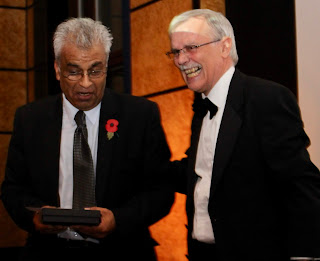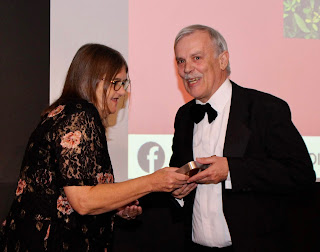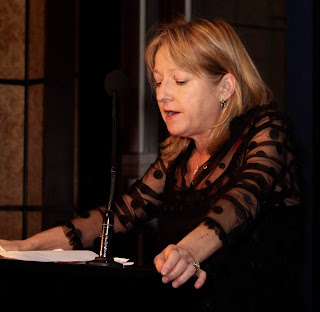Libraries have played a big part in my life, and after last week's happy news, about the Dagger in the Library, I've been reflecting on some of the wonderful times I've had in libraries large and small, and in all sorts of places.
A private tour of the Library of Congress, the chance to see the original Winnie-the-Pooh in New York City Library, a look round Coimbra's university library, with its famous colony of bats, kept to deal with book-eating pests. Book launches, and hosting Alibis in the Archives at Gladstone's Library. Designing a murder mystery for customers at a pop-up shop in the British Library. And the list of memories goes on.
Britain's public libraries, above all, have been important to me since I started borrowing Enid Blytons from the children's section of the local library in the Cheshire town where I grew up (and what a joy it was to return there a couple of years ago to give a talk about my own books). I seize any chance I can get to do library events, and since I ceased to be a full-time partner in a law firm, I've been able to grab more of those chances.
Two splendid opportunities actually came my way last week, on the evenings immediately before the award of the Dagger in the Library. First came another trip down memory lane, to Birkenhead Central Library, to give a talk about the making of Gallows Court. When I lived on Wirral, I was a member of Moreton Library, near to my flat, but also of Birkenhead, because it had a vast stock, including quite a lot of books that were otherwise hard to find. It was great to go back there, and also to meet up with a few old friends.
Then came something rather different, a talk at an independent library, the very historic Highgate Literary and Scientific Institute. Like Gladstone's Library and the Lit and Phil in Newcastle, among others, it's a very atmospheric place. They have a long-standing tradition of weekly lectures, and this time I was talking about the Golden Age of detective fiction. Again, it was so enjoyable.
And that's not all. Surrey Libraries are currently running a literary festival, and a week on Friday I'm talking at Woking Library. Very much looking forward to it.














































